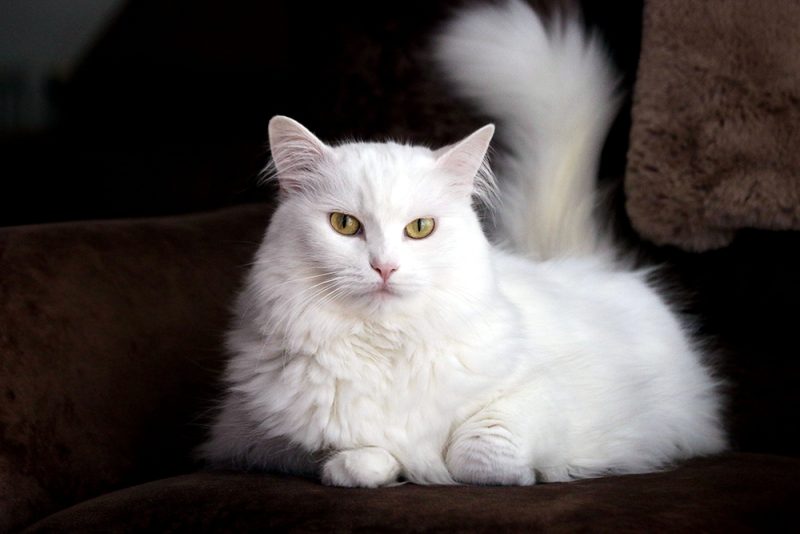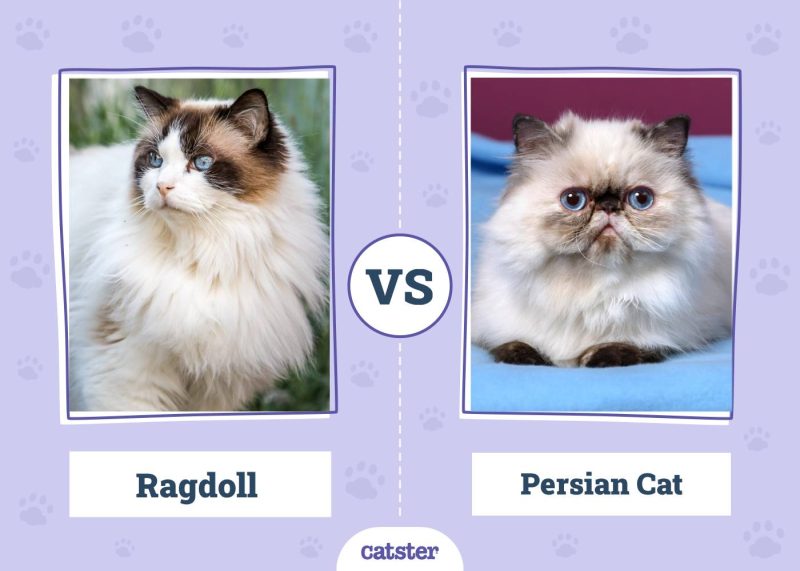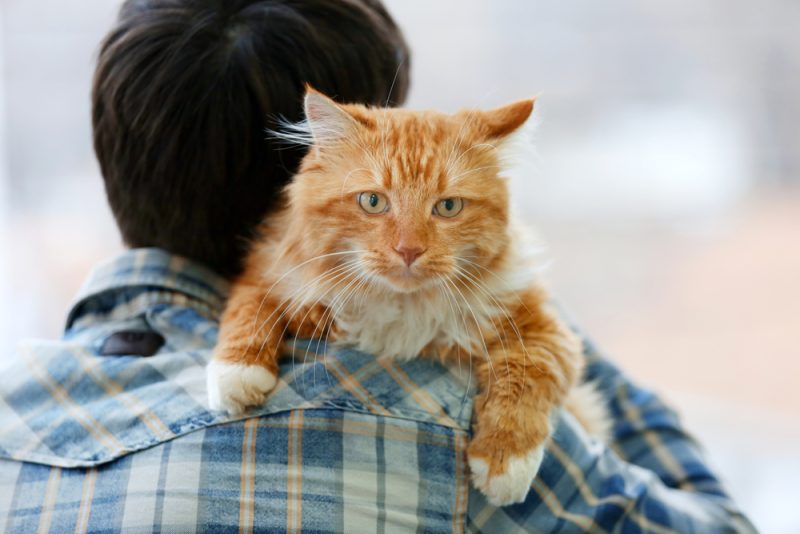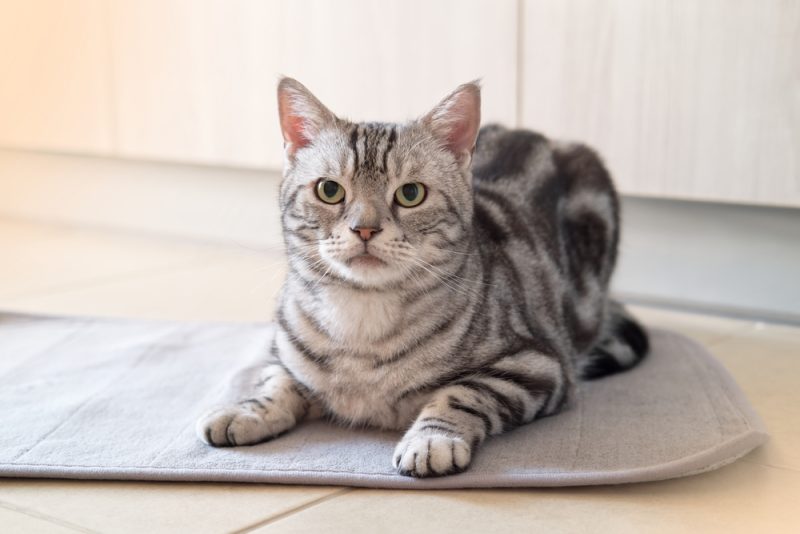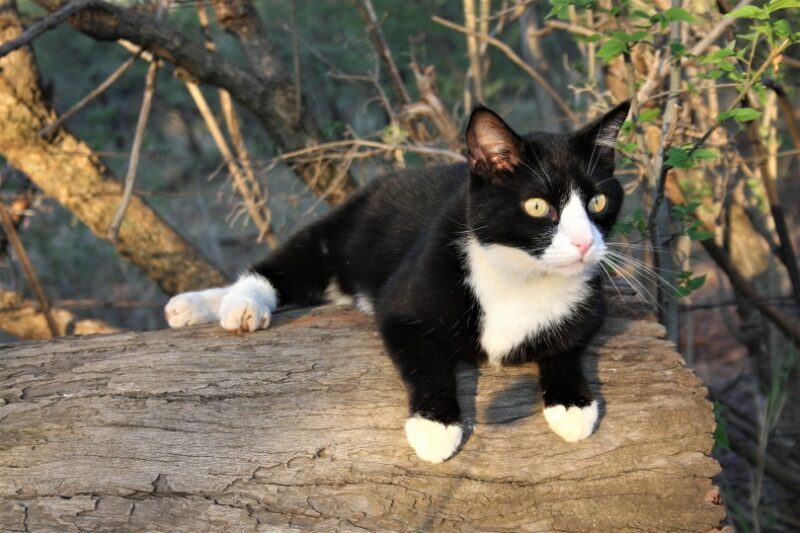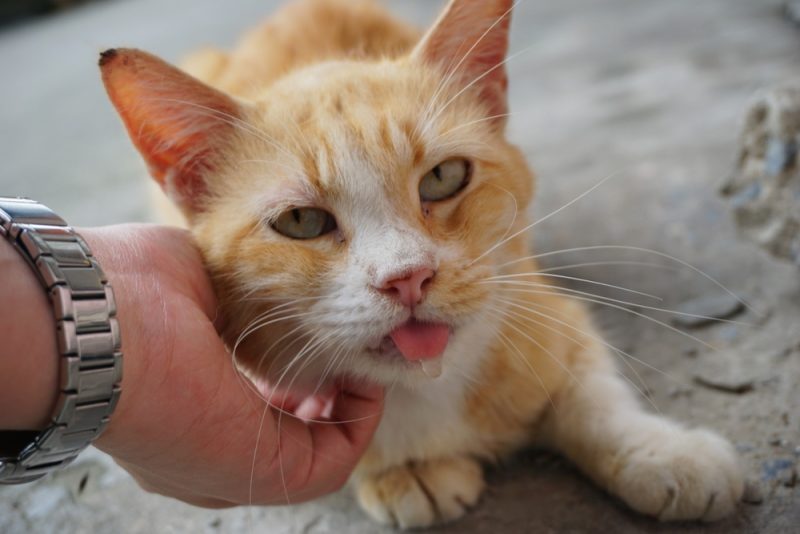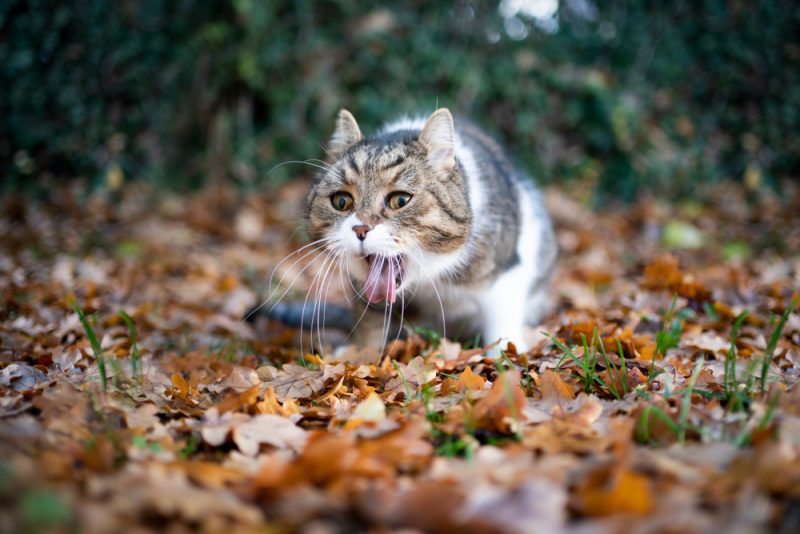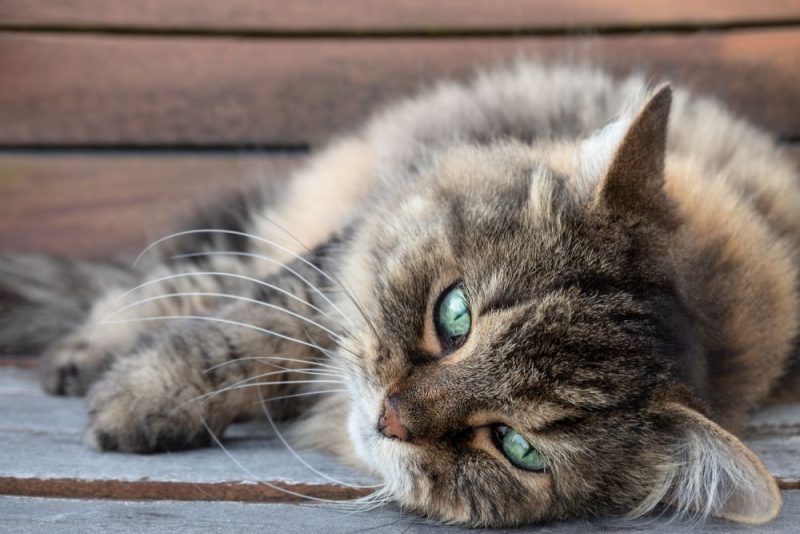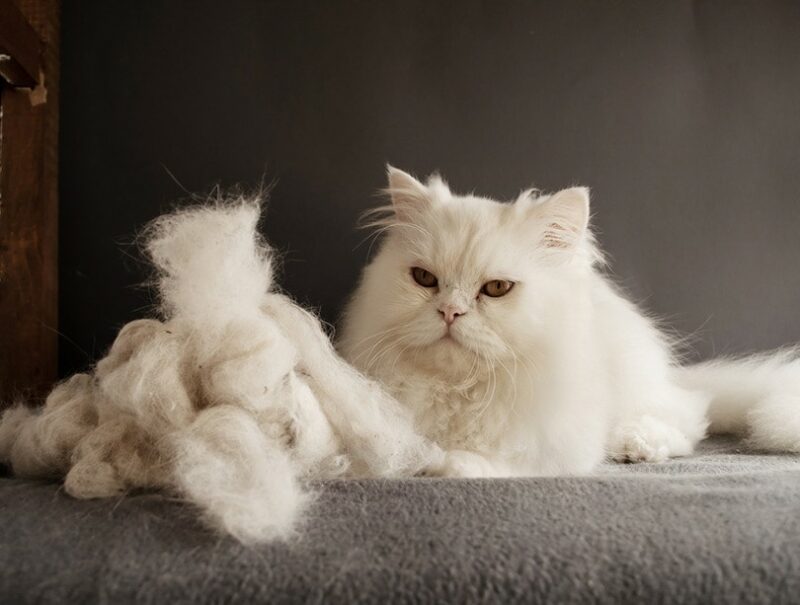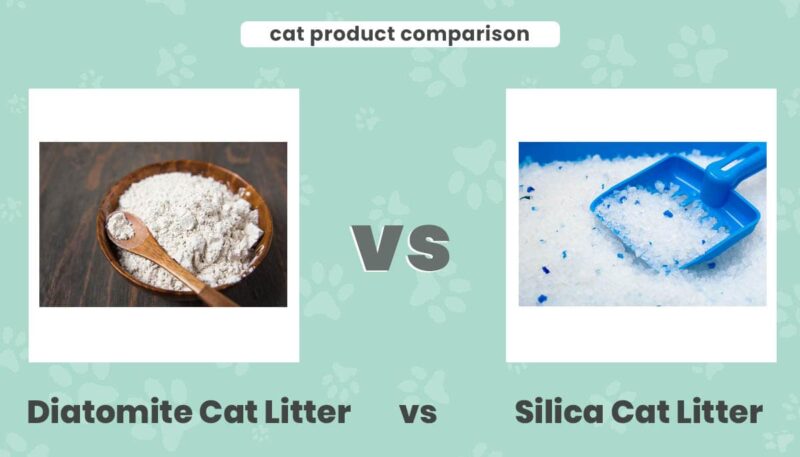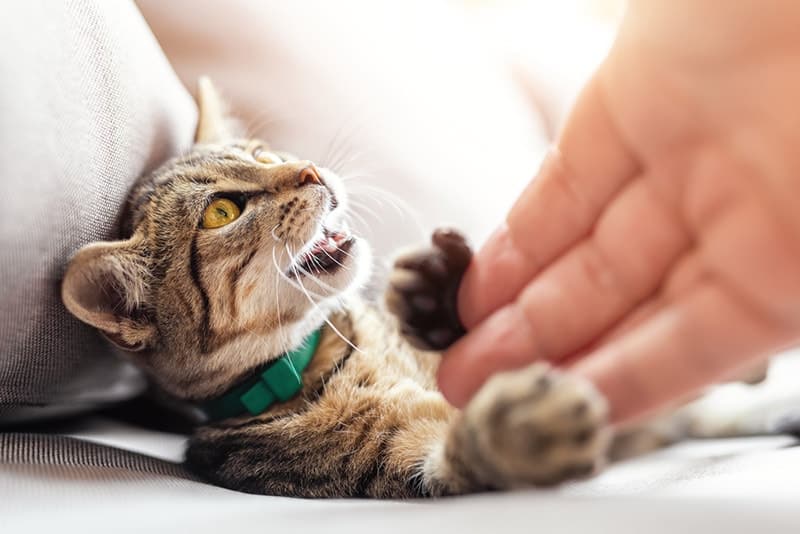In this article
Turkish Angora cats are a natural breed that most likely came from the region around Central Anatolia. They’re medium-sized cats, often weighing between 5 and 10 pounds. Most have lithe, athletic bodies and long, slender legs. They traditionally have wedge-shaped heads, widely spaced ears, and tapering tails.
Their gorgeous medium-to-long coats come in various colors and often appear to shimmer when seen in the right light. While they can have a range of eye colors, some are born with one blue and one golden eye. Most have a soft spot for hanging out in high places. Turkish Angoras are known for being devoted to their favorite people, and they’re smart, adaptable, friendly, and make wonderful companions with an average lifespan of 15 to 20 years.

Turkish Angora Cat Average Lifespan
Turkish Angoras are relatively healthy and live for 15 to 20 years. Cats, in general, live for 13 to 17 years or so. So, Turkish Angora cats live just a bit longer than the average kitty. However, outdoor cats, regardless of their breed, typically have much shorter lives than kitties that stay indoors, and most only survive for 2 to 5 years.
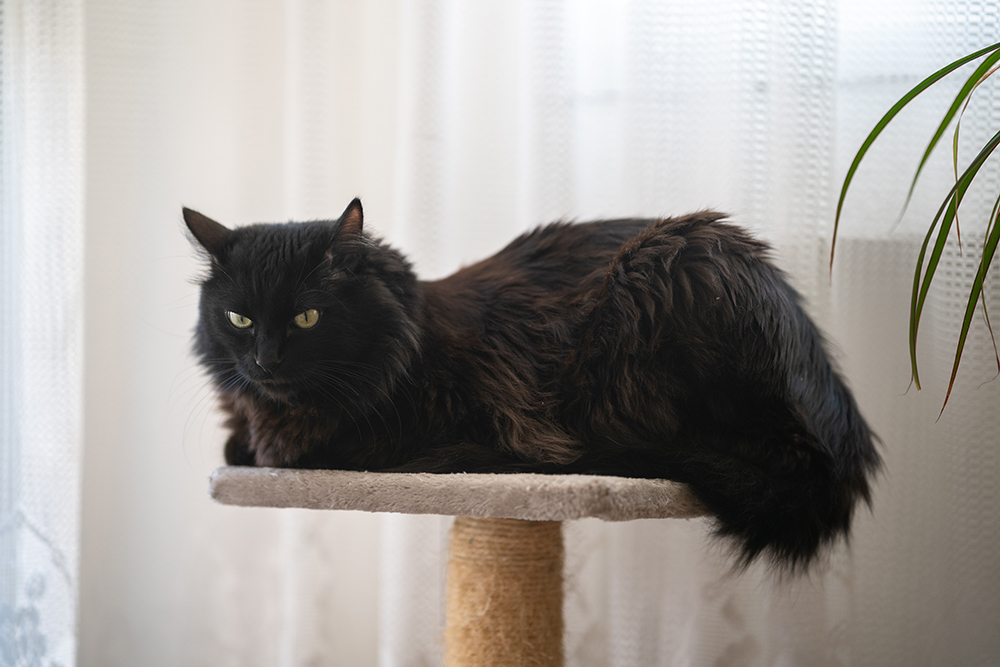
How to Care for Your Turkish Angora for a Long Lifespan?
Turkish Angora cats are generally healthy, but you can do a few things to support their mental and physical well-being, such as providing high-quality food, an enriching environment, and proper health care.
Feeding & Diet
Once grown, Turkish Angora cats don’t have any special dietary needs. They’re generally just fine if they eat a high-quality diet that provides all the necessary vitamins, minerals, and other nutrients. Kittens need more protein and other nutrients, such as calcium, than grown cats and should eat a diet specially formulated for little ones.
Indoor cats that have been neutered or spayed sometimes benefit from diets targeted to help prevent weight gain. And formulations featuring joint-friendly nutrients such as glucosamine and chondroitin can help older cats with joint conditions, such as arthritis, stay active longer.

Environment
Indoor cats live much longer lives than their outdoor buddies. Because indoor cats can’t meet their mental and physical needs through outdoor adventures, it’s important to provide them with activities to engage their natural curiosity and allow them to exercise. Scratching posts give cats appropriate ways to engage in their instinct to unleash their claws.
Make sure to provide high perches and cat shelves; Turkish Angora Cats love to hang out in high places. Since most Turkish Angora cats are energetic, they thrive in environments where they have plenty of toys, games, and other activities to engage their bodies and minds. Turkish Angora cats generally don’t like to be left alone for long periods, so providing several toys is crucial for keeping the affectionate cats happy.
Grooming
Turkish Angoras have stunning medium-to-long fur that comes in various colors and often appears to sparkle. They’re surprisingly low-maintenance cats when it comes to coat maintenance and sport single-layer coats that don’t tangle or mat easily. Most only need to be brushed a few times a week, but some require a bit more attention during the summer when shedding.
They also require regular nail trims and dental care. Turkish Angoras should have their nails trimmed every few weeks and their teeth brushed at least three times per week.
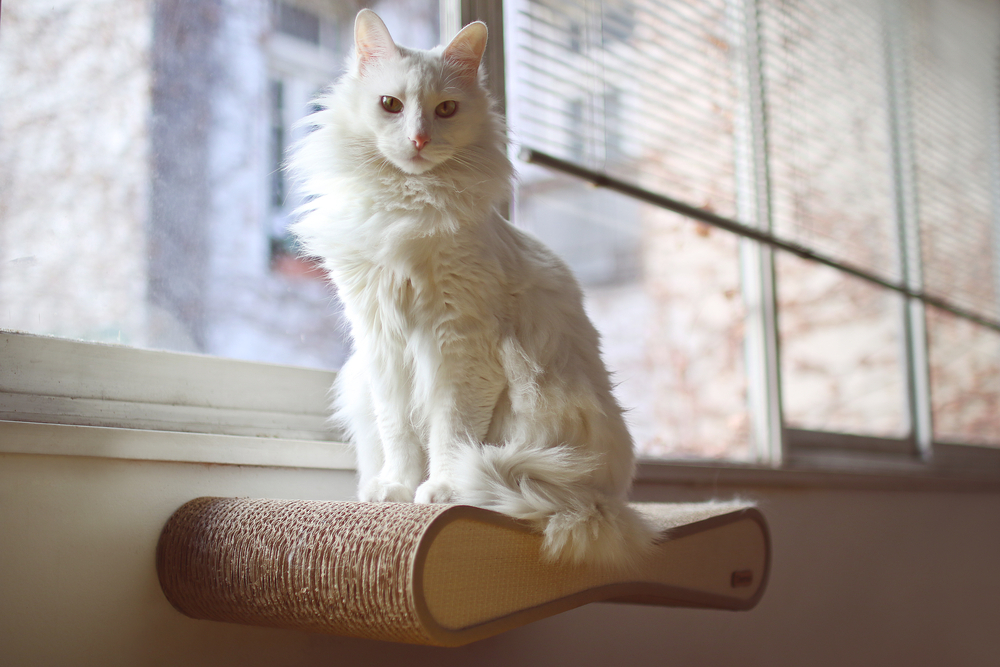
Healthcare
Turkish Angoras are generally healthy, as evidenced by the breed’s lifespan! There aren’t many breed-specific conditions to be concerned about, but they are at increased risk for a few hereditary conditions, such as deafness and ataxia. White cats with blue eyes are at particular risk of having hearing problems.
They’re also prone to developing hypertrophic cardiomyopathy (HCM), a heart condition that can result in the death of heart muscle cells. HCM is also linked to the development of diseases such as congestive heart failure and high blood pressure.
Regular veterinary care is generally the best way to keep cats in top shape. Kittens require multiple trips to the veterinarian to monitor their growth and get their vaccinations. Adult cats without health conditions are generally fine seeing the veterinarian once per year, but older cats should be seen twice yearly to catch any developing conditions as quickly as possible.

The Life Stages of a Turkish Angora Cat
Kittenhood lasts 1 year, during which cats grow into their bodies and learn how to navigate their environment. Kittens soak up information about the world during their first few months of life. Turkish Angoras between the ages of 1 and 10 years old are considered adults. These kitties are in their prime and are generally healthy, but many pets begin to slow down and develop health issues when they become seniors. Pets older than 10 are classified as seniors. Older cats generally have increased healthcare needs and often suffer from more health conditions than younger pets.
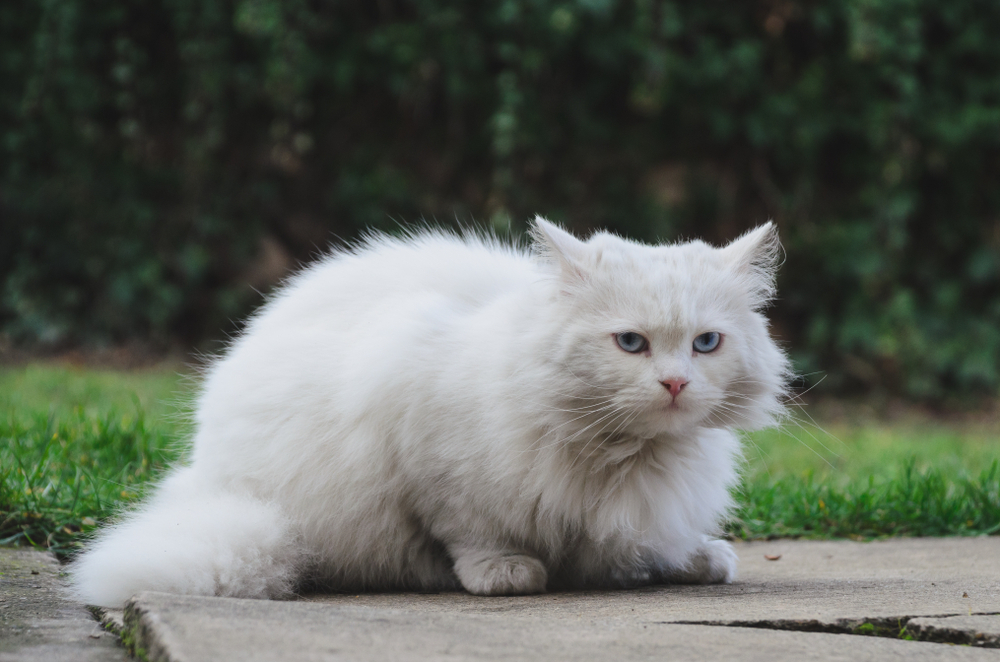
How to Tell Your Turkish Angora Cat’s Age
A cat’s age can often be narrowed down by looking at their teeth, eyes, and energy level. Most kittens generally gain about 1 pound per month and have a complete set of baby teeth by the time they’re around 8 weeks old.
Cats older than 10 years old sometimes have slightly opaque or cloudy eyes and usually have more tartar on their teeth than younger felines. Coat condition and mobility can also provide clues about a cat’s age, as older pets often have difficulty grooming themselves and getting around due to joint conditions such as arthritis.
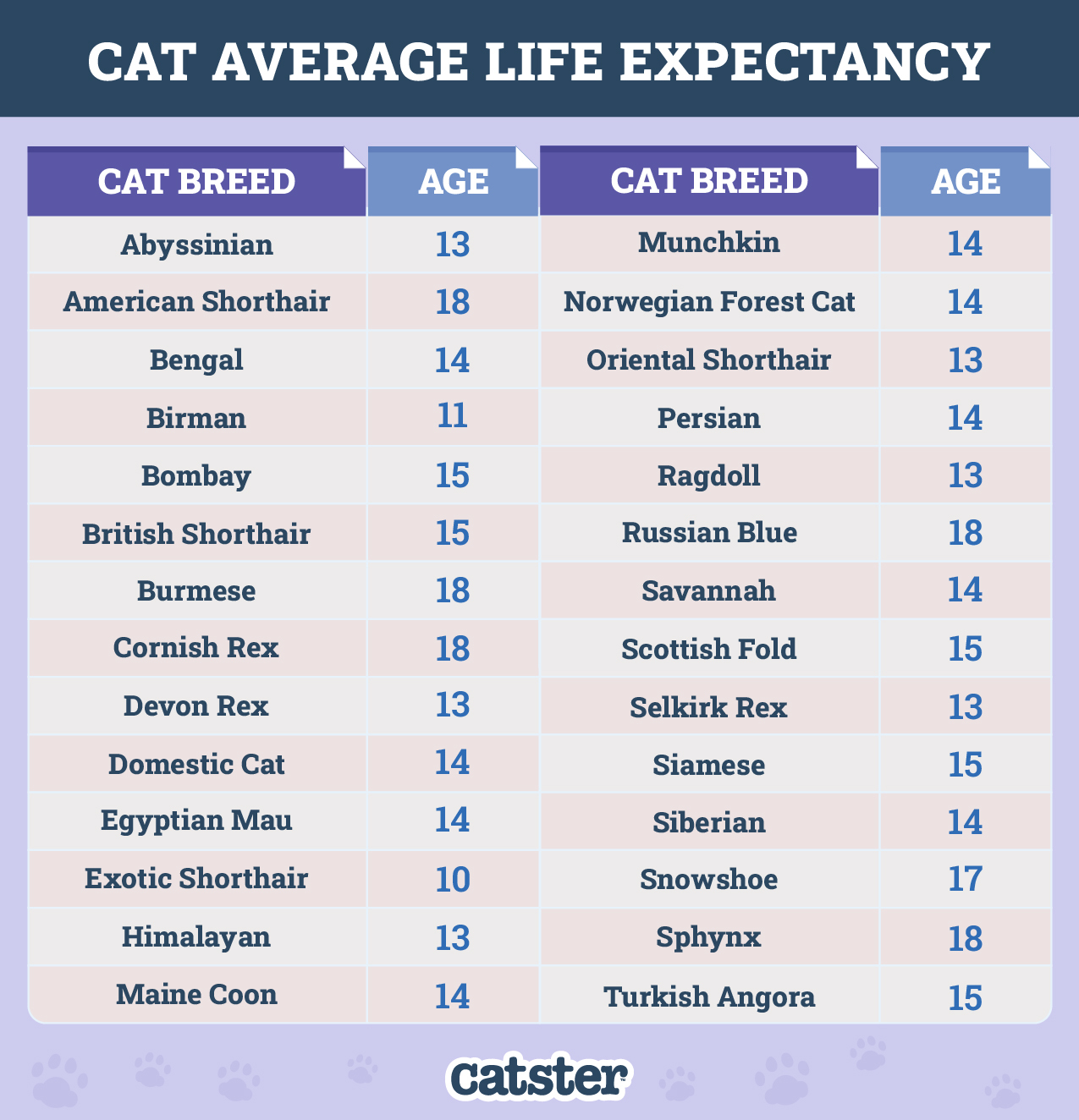

Conclusion
Turkish Angora cats make fantastic companions; they’re sweet, energetic, intelligent, and love interacting with people. They usually live nice long lives, with most surviving for 15 to 20 years.
Turkish Angoras get along well with kids and have been known to make friends with well-behaved canine buddies. Their gorgeous shimmery coats don’t require much maintenance, which is uncommon in medium-to-long-haired cats. Because of their long lifespans, Turkish Angoras and their human companions can sometimes spend a couple of decades together.
Featured Image Credit: TheCats, Shutterstock
